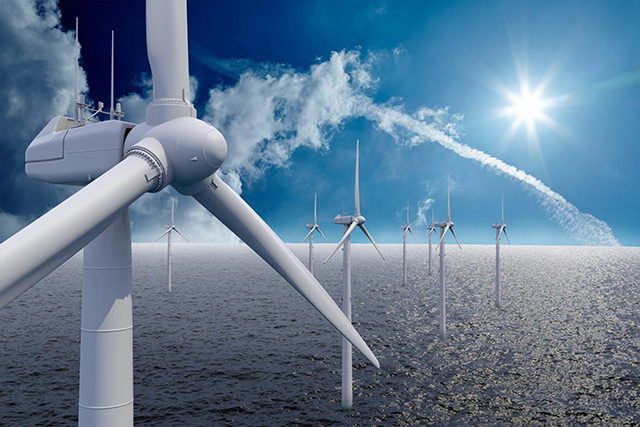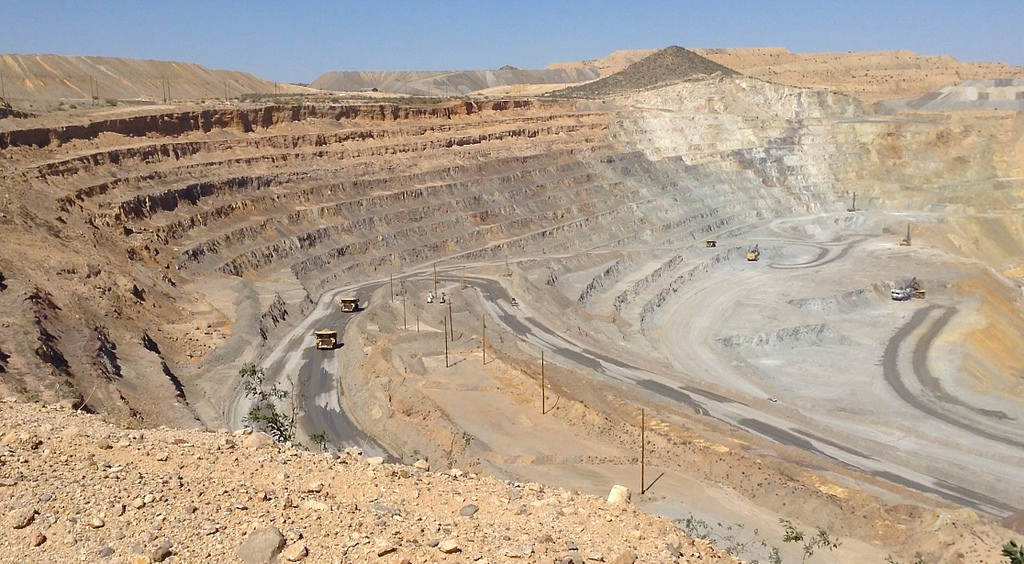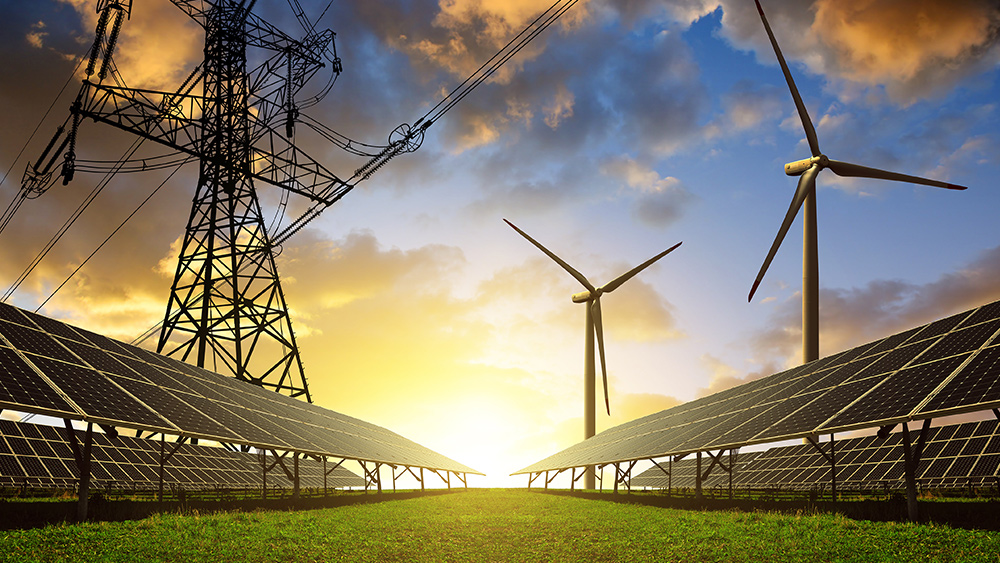
From cow manure to clean energy
This state-of-the-art system separates manure from sand bedding material, provides clean bedding for the cows, and creates muck that is used to produce electricity and heat.
Paul Jennette, the veterinary college’s director for biocontainment operations, explained that while other dairy barns use materials like sawdust, straw, or wood chips as bedding material, sand helps to minimize potential bacterial growth. At the same time, it also maximizes the comfort of the cows in the dairy barn, which houses 200 cows.
The sand-manure separator is suitable for manure management since it can be used to repurpose the manure-filled sand that the dairy barn regularly produces. Some dairy barns pump the sand-laden manure into a lagoon or holding tank or onto a truck, but both disposal methods are difficult. This is because the sand settles, and the material damages the pumps because sand is abrasive.
At the College of Veterinary Medicine Teaching Dairy Barn, manure is transported to the sand-manure separator, which is conveniently located right next to the barn. Within minutes, the sand-manure separator generates clean sand that can be used for another day. The liquid manure produced by the revolutionary system is then collected in a tank for removal.
How does the sand-manure separator work?
The sand-manure separator system recovers over 95 percent of the sand for the dairy barn to reuse. With this efficient system, the barn no longer needs to import 30 tons of sand every week. Jennette shared that the dairy barn only purchases new sand whenever it is needed.
The sand-manure separator first draws sand-laden manure out of the reception pit. The sand-manure mixture is then diluted with recycled water, with the diluted manure filtered through a screen that gets rid of bits of hay and other debris.
Next, a high-speed pump pushes the diluted sand and manure through a cyclone that separates almost all of the manure from the sand. The sand that still contains some residual manure is then gathered in a sand washer where an auger brings up the sand. The sand-manure mixture is sprayed with tap water as a final cleaning step. (Related: Renewable energy has doubled in the U.S. in the last decade; now generating nearly one-fifth of our electricity.)
C.J. Kilgore, the chief operator of the Ithaca Area Wastewater Treatment Facility, said that the captured liquid manure is transported via a truck to the facility. Through microbial activity, the manure and other organic matter is broken down and used to generate methane gas in the facility’s anaerobic digester.
Anaerobic digestion refers to a natural process wherein microorganisms break down organic materials from either plants or animals. Anaerobic digestion occurs in closed spaces where there is no air or oxygen. The following organic materials are often processed in an anaerobic digester:
- Animal manure
- Fats, greases, and oils
- Food scraps
- Industrial organic residuals
- Sewage sludge (biosolids)
The methane gas produced by the digester is used to run microturbines to generate electricity. These turbines create heat, which is also captured. Kilgore shared that the manure literally helps power the anaerobic digester so it can provide power for the facility. The sand-manure from the dairy barn helps create electricity and extra heat while also reducing the electric load of the facility.
The College of Veterinary Medicine Teaching Dairy Barn is nationally acclaimed. In 2012, the veterinary college’s barn was LEED (Leadership in Energy and Environmental Design) certified by the U.S. Green Building Council because of its energy efficiency.
Jennette concluded, "The new separator makes us more self-reliant and we’re making our dairy operations much more sustainable."
You can read more articles about research on renewable energy at Power.news.
Sources include:
Please contact us for more information.






















